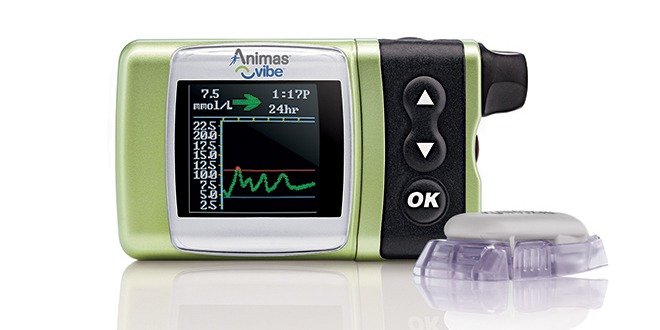
Insulin pump therapy is considered the “gold standard” in diabetes management; it provides the best glucose control by enabling you to fine-tune insulin dosing to try and mimic the function of your pancreas.
Pumps deliver “basal doses” in the form of tiny pulses of rapid-acting insulin every few minutes throughout the day and night. These basal doses replace the insulin that your body is not producing naturally. The rate is programmed as units per half hour or per hour, and is customized to your specific needs.
You can program different patterns – i.e. different rates at different times – to meet various lifestyle needs; for example, exercise, shift work, hormonal fluctuations or travel. The pre-programmed pattern allows the basal infusion to occur automatically; it just keeps delivering insulin until you decide to change the rate.
With a pump, the basal insulin level can be adjusted and fine-tuned to closely match the liver’s rise and fall in glucose secretion.
When eating, you can release extra insulin to cover your meal using the pump. This is called a “bolus dose.” Unlike the basal insulin infusion, bolus infusions are not automatic. When you need an insulin bolus, you instruct the pump to deliver it. The bolus dose for food coverage is prescribed as an insulin-to-carbohydrate ratio. This ratio represents how many grams of carbohydrate are “covered” or disposed of by one unit of insulin. Your healthcare team can help you figure out how much bolus insulin you need at each meal, depending on how much carbohydrate you choose to eat.
Make a habit of recording carbohydrate amounts, insulin bolus doses and blood glucose levels before and after meals. It can be very helpful to review this record weekly (or even every day) to see if you have any problem areas. It also helps you to see how activity, illness and stress affect your blood glucose levels and insulin needs. Reviewing your records is the key to maintaining good blood glucose control because it allows you to make adjustments based on your daily life. There are many online forms available, or you can make your own. Just be sure that you have enough room to record everything!
This article was sponsored by an unrestricted educational grant from Animas Canada.

